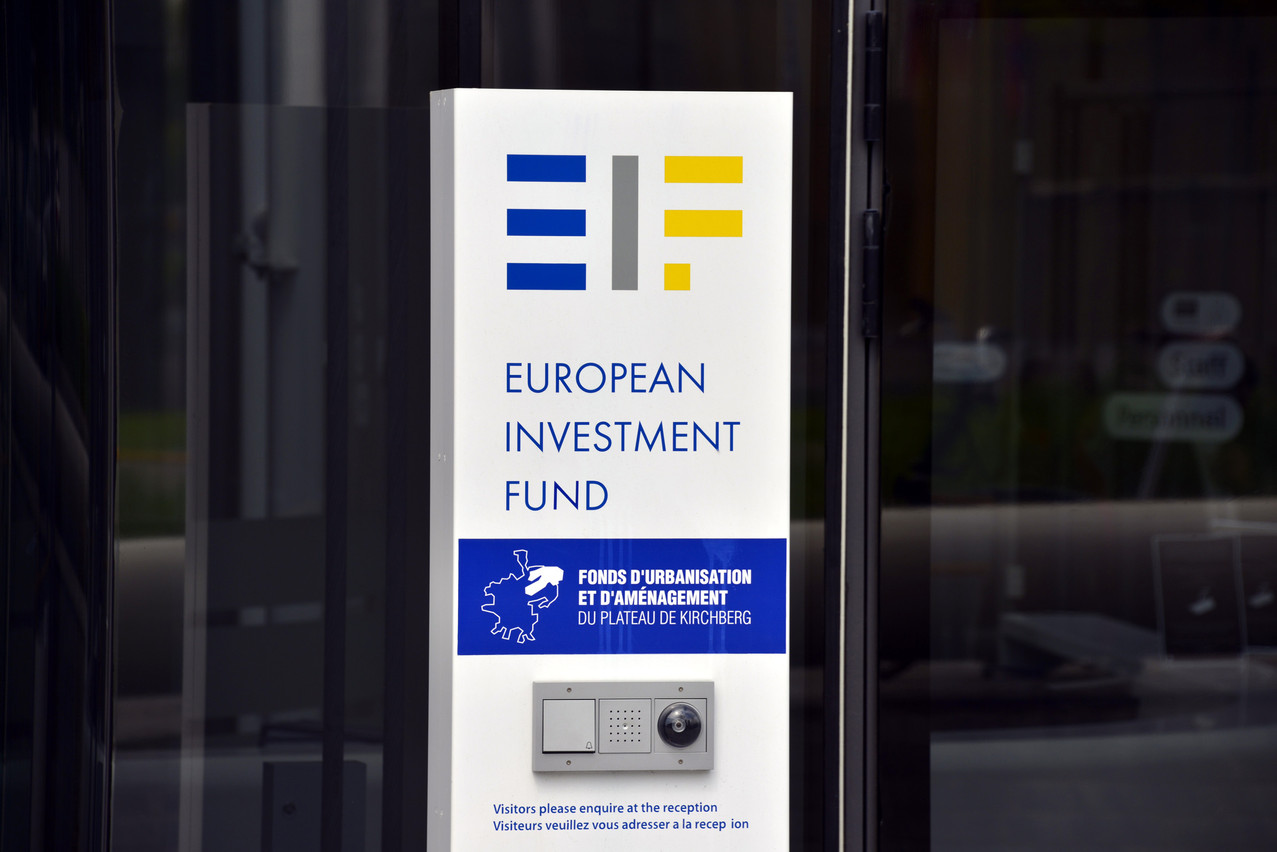“The market for secondaries started around 30 years ago,” said Joaquin Ruiz Tarré, head of secondaries at the European Investment Fund, during a conference in Luxembourg on 3 May. Historically, distressed sellers (LPs) looked for buyers to exit their fund positions for a cash consideration. In market parlance, these operations, engaging LPs on both sides of a deal, are nowadays referred to as LP-led transactions.
GP-led transactions: an increasingly seductive option for managers
Over the last seven to eight years, the so-called GP-led solutions, previously known as fund restructuring, emerged as a new type of transaction, a significant event in the industry as this “market accounts now for 50% of the secondaries transactions,” said Tarré. The market reached “$100bn in 2020” and is “expected to reach $130bn-$140bn in 2023.”
Secondary fund aims at a TVPI of 1.5X to 2.0X for a period of three to six years
GPs are increasingly looking for alternatives to an outright sale or an IPO of a company or a group of companies that are in need of liquidity or more time to fully develop their potential. A GP may, for instance, transfer assets from a current fund into a “continuation fund” still controlled by the same GP but funded by the current LP(s) and/or secondaries LP(s), i.e., new investors. The “continuation fund” then contributes to the next stage of development of these companies.
Break-even turning positive more rapidly for secondaries
Tarré suggested during the conference that the typical break-even point before generating a positive return for an early investor in a primary fund occurs at around year eight out of “a 15-16 years’ [timeframe], in average for buyouts or VCs, as per industry data.” On the other hand, the break-even point for secondaries investments occurs earlier, on average, already three years after the investment which take place generally at the end of the “investment stage” lasting itself about five years.
In the primary markets, Tarré explained, it is typical for “buyout funds and VCs” to target a return (TVPI) of 2.0X and 3.0X, respectively. The TPVI is a ratio of the current value of remaining investments within a fund, plus the total value of all distributions to date, relative to the total amount of capital paid into the fund to date.
On the other hand, a “secondary fund aims at a TVPI of 1.5X to 2.0X for a period of three to six years.” He also noted that secondaries will generate a higher IRR (internal rate of return) than for primary funds. According to the EIF, the 2016-19 secondaries program of EIF generated, on average, a TVPI of 1.6X gross, as of 31 December 2022, in a “time compressed horizon” resulting into an IRR of c.17%, said Tarré.
Investment risk in secondaries perceived as lower than for primary funds
Both type of funds requires a review on the ability of the manager--the GP--in terms of their strategy and track record. On the other hand, Tarré believes that the risk of investing in secondaries funds is lower than primary funds. Indeed, the investors in a primary fund subscribe to a “blind pool” whereas investors in secondaries invest in a known pool of assets.
Tarré expects market pricing to remain at the current level for the “next 12-15 months” with buyout transactions experiencing a discount of around 13% and 30%+ for “venture capital and growth.” In his opinion, one could expect to find “good assets from good managers at much more attractive levels compared to 2021.” In fact, Tarré observed that secondaries transactions are now taken place “more and more on good assets.”
A large pool of companies to source future transactions
Tarré explained that the EIF has been involved in numerous transactions since 2016. Initially, it has used the equity of the EIF to demonstrate their capabilities before involving outside investors in LP as well as GP-led buyout, hybrid and infrastructure transactions.
The EIF maintains and focuses on their relationship with more than 1,200 funds in Europe representing more than 550 GPs in the lower end of the market--small and medium-sized companies--to identify deals. Tarré explained that the GPs are naturally coming to the EIF for secondaries transactions. They are typically worth between €5m to €20m per transaction, with a focus on portfolios of “buyouts, growth and hybrid in the small cap segments.”
All the recent transactions growth, buyout and hybrid from late 2021, including a buyout in the closing phase, “were sourced from their portfolios and were not intermediated.” In total, Tarré stated, the EIF has completed 14 transactions since 2016 and envisions a “massive universe of opportunities.”
This article was published for the Delano Finance newsletter, the weekly source for financial news in Luxembourg. .
